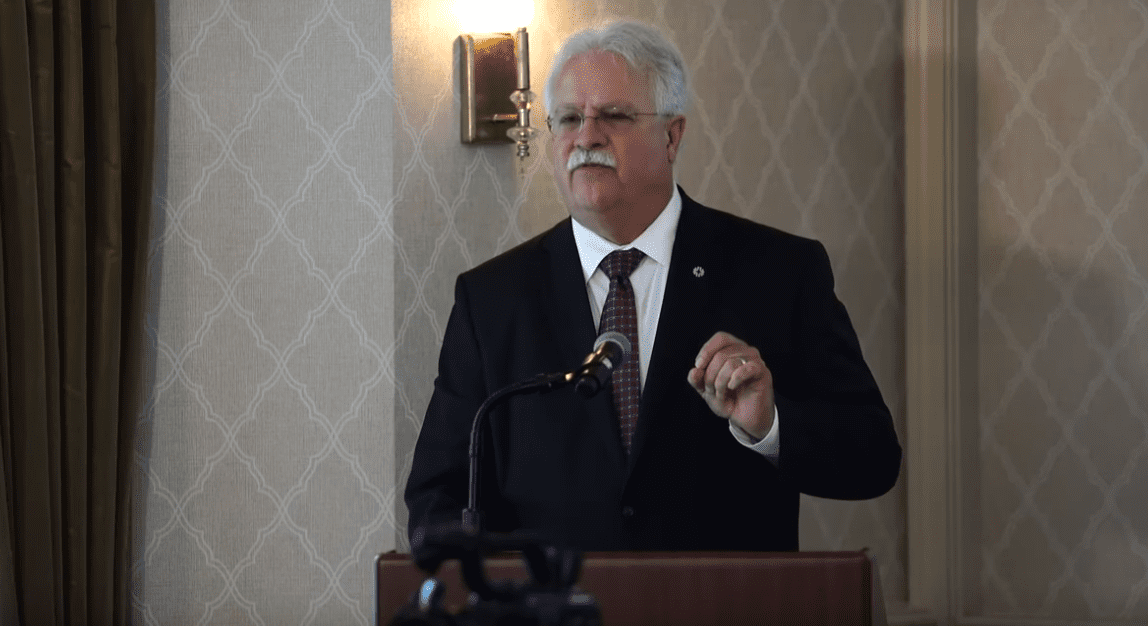
Nuclear Security & Deterrence Monitor Vol. 23 No. 38
Visit Archives | Return to Issue PDF
Visit Archives | Return to Issue PDF
Nuclear Security & Deterrence Monitor
Article 1 of 13
October 04, 2019
NNSA No. 2 Discusses Agency’s ‘Staggering’ Hiring Goals

The No. 2 official at the U.S. National Nuclear Security Administration (NNSA) this week briefed members of the Secretary of Energy Advisory Board on the “staggering goal” of swelling the nuclear-weapon steward’s workforce by about 20,000 heads over the next…
Partner Content